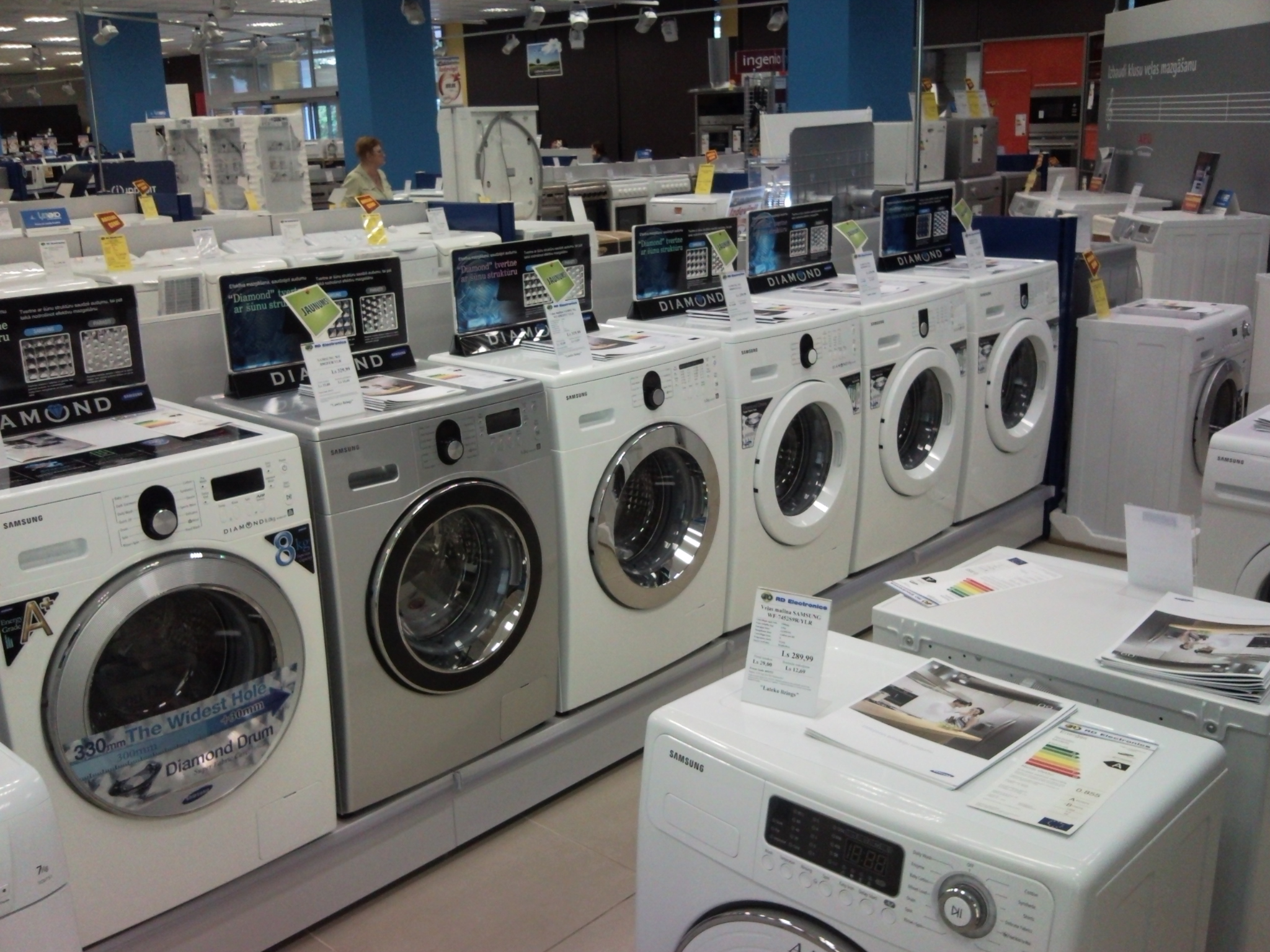Galaxy’s Popularity

The Wall Street Journal reported on August 6 that mobile brand recognition is helping Samsung sell home appliances in the US market. In other words, the so-called Galaxy Effect is positive on Samsung Electronics home appliance brand trust.
According to the Stevenson Company, Samsung Electronics’ market share in Q2 in the US home appliances market was at 10.5% this year, a huge increase over 2.3% five years ago. Considering that the industry leader, Whirlpool, saw a decline in market share from 35.9% to 30.4% in the same period, Samsung Electronics’ performance is worth noting. General Electric’s US market share is at 15.9%, which is a 3% point decline in the past five years.
Related to this, the Wall Street Journal commented, “As Samsung Electronics’ mobile phones saw international success, home appliances such as refrigerators and washing machines also became more trustworthy.”
Advertisements played an important role in lifting the market share. According to market researcher Kantar Media, Samsung Electronics spent 678.8 billion won (US$611 million) in promoting its products, including mobile phones. This is ten times greater than the advertising budget at Whirlpool.
The Galaxy Effect was also evident in product innovations. Product innovations from mobile phones have transferred to other home appliances, leading to quality improvements in product performance. In fact, Samsung Electronics’ refrigerators, washing machines, and dryers were ranked top in consumer evaluations carried out by J.D. Power. “Korean consumers are extremely sensitive to mobile phone features. This has led to product innovations, where mobile phone technologies were applied in various other home appliances,” Longbow Research commented.
Samsung’s achievements in the US markets are particularly noteworthy in that it overcame various barriers that a Korean company encounters in foreign markets. Unlike Whirlpool or GE, Samsung does not have strong ties to US housing contractors, which means that mass supply through housing markets are difficult. Furthermore, unlike its competitors that have headquarters in the US, most of Samsung’s home appliances are manufactured in Asia or Mexico. The relatively long supply line could make it difficult to respond to changes in consumer demand.
Earlier this year, Bookeun Yoon, Head of Samsung Electronics Consumer Electronics, declared, “We will record 20-22 trillion won [US$18-20 billion] of revenue from home appliances by 2015 to become number one in the world.” Samsung Electronics continues to increase its market share in the world by releasing a series of new products. US researcher Sanford Bernstein predicted that Samsung Electronics’ home appliance sales will reach 15.5 trillion won (US$14 billion) by 2015, an increase of 18% over last year.


